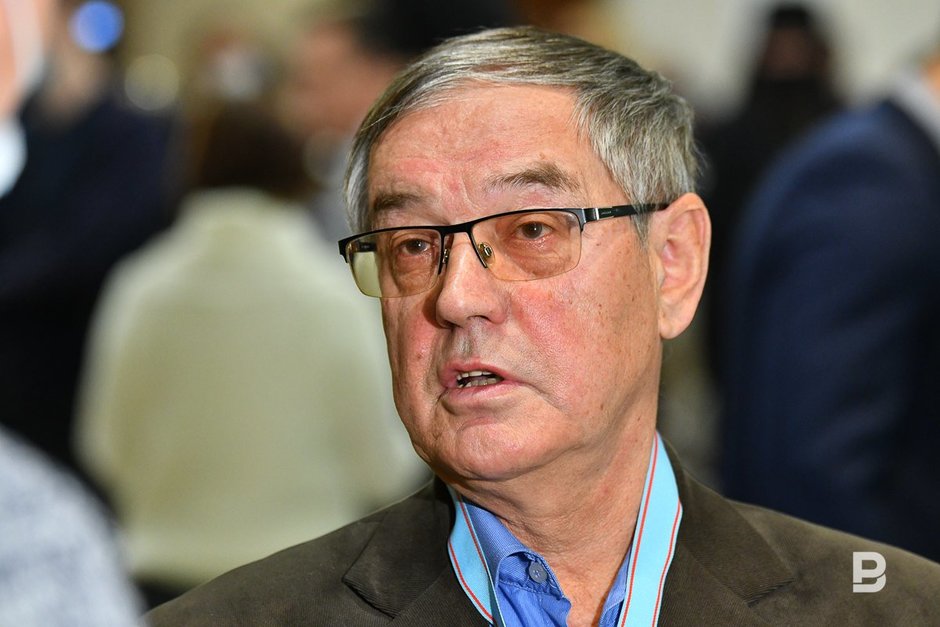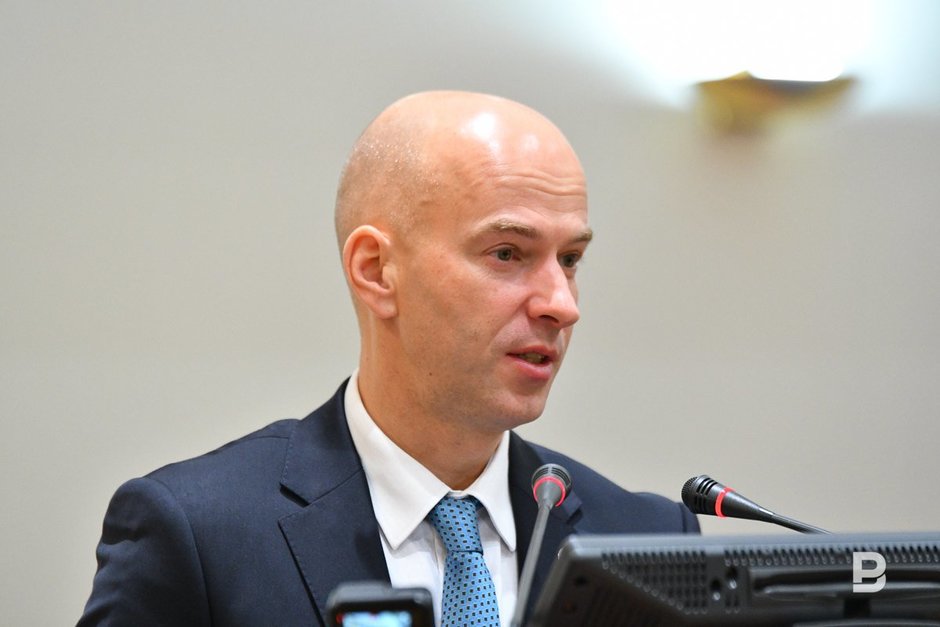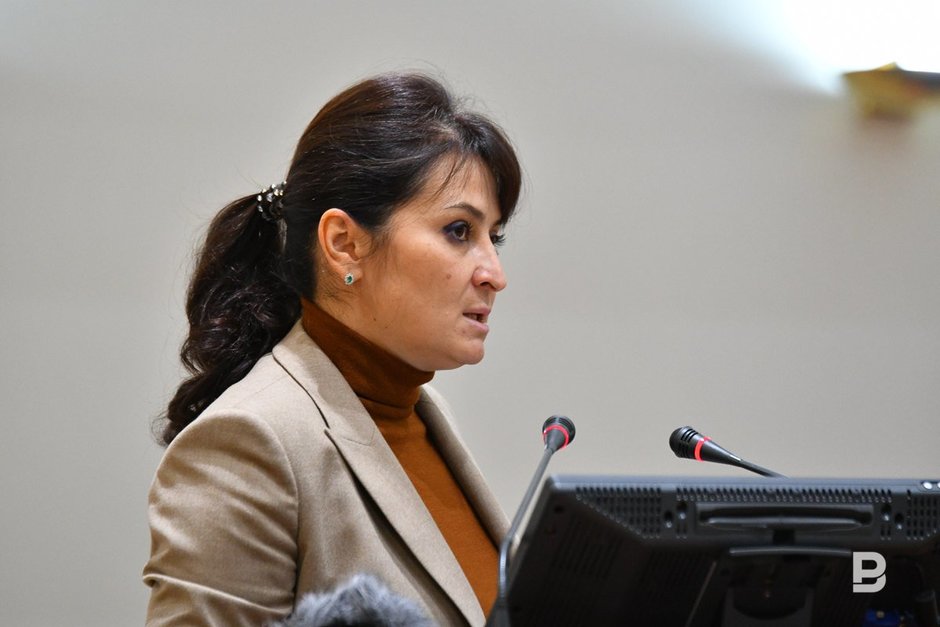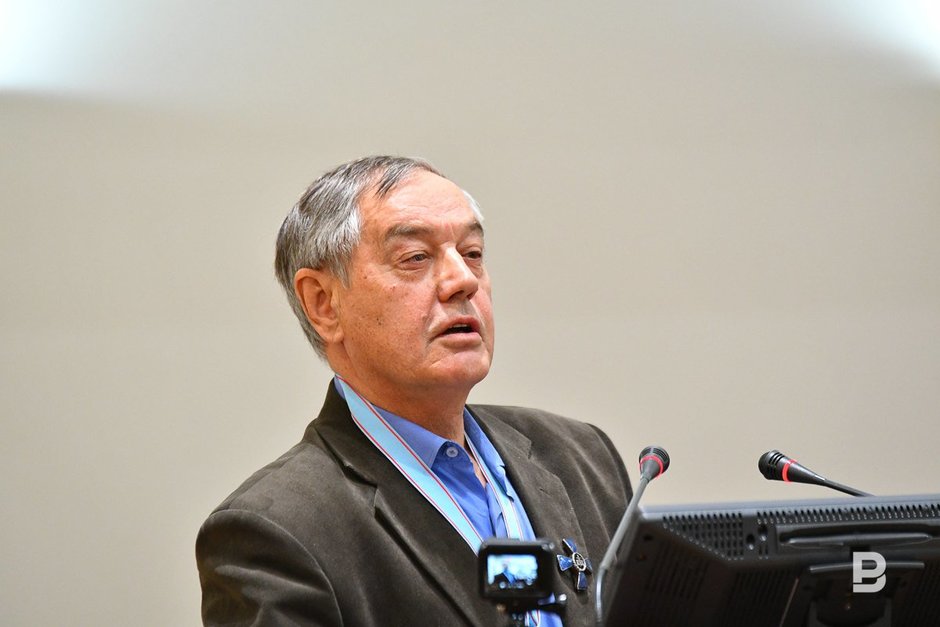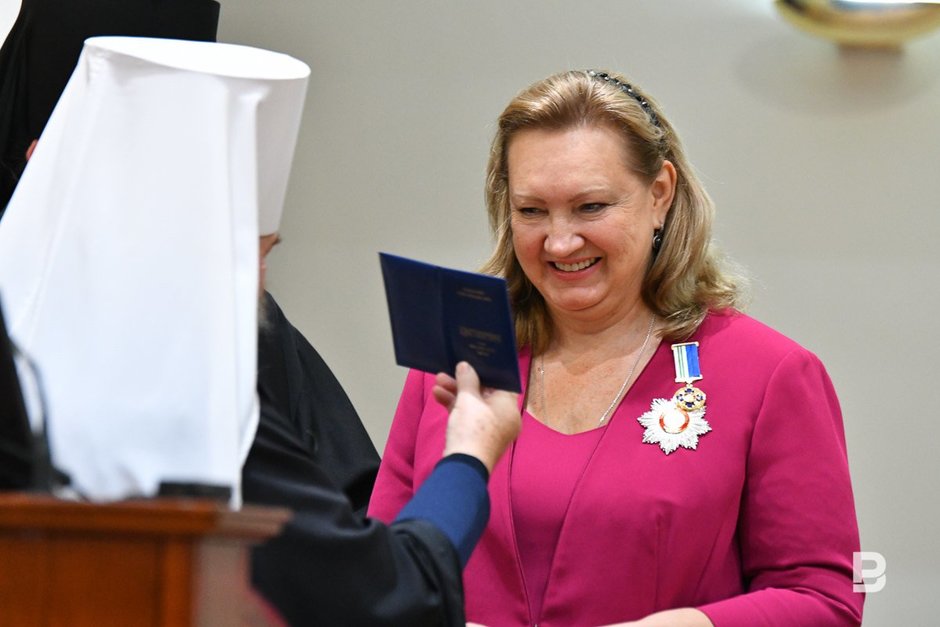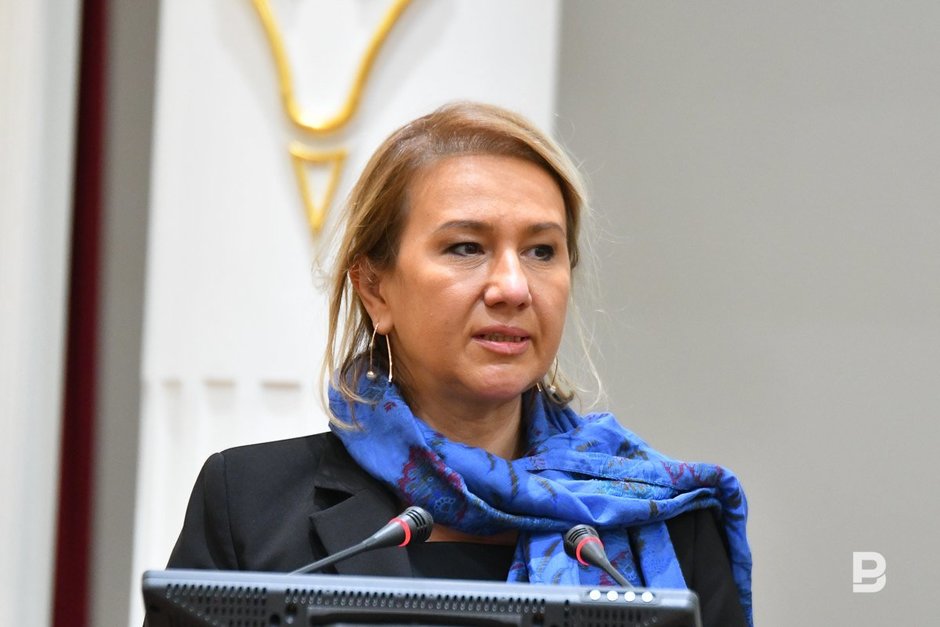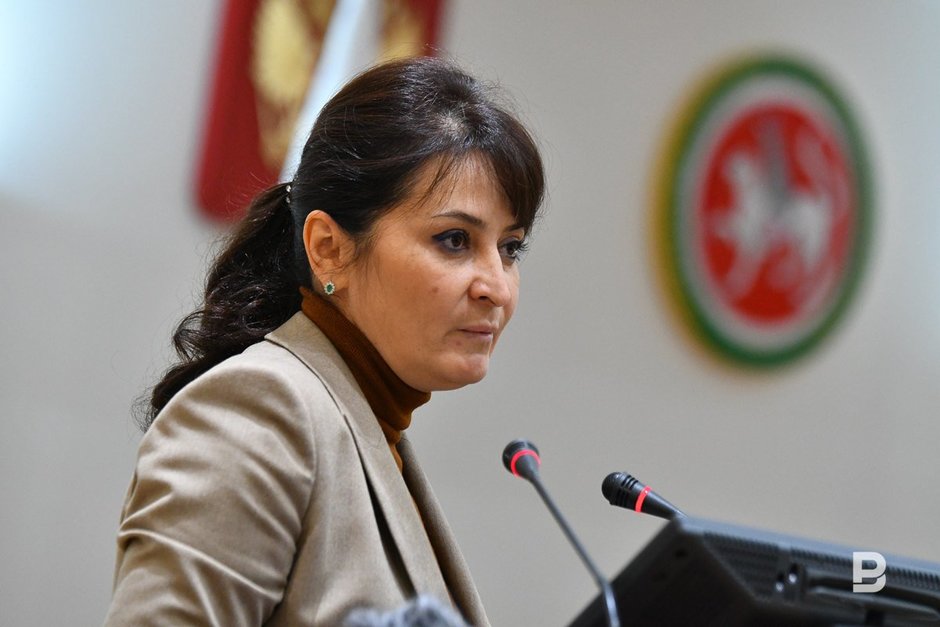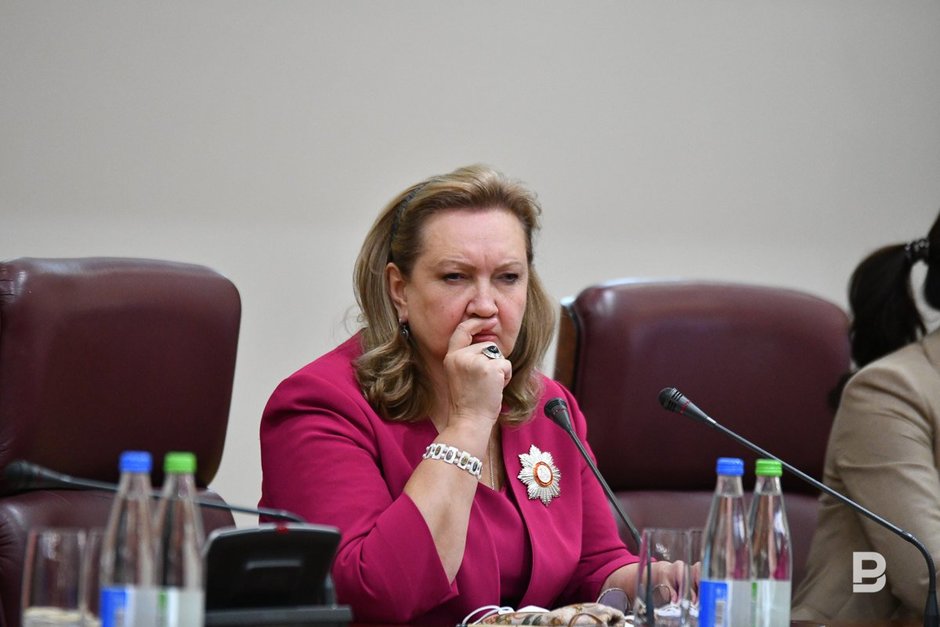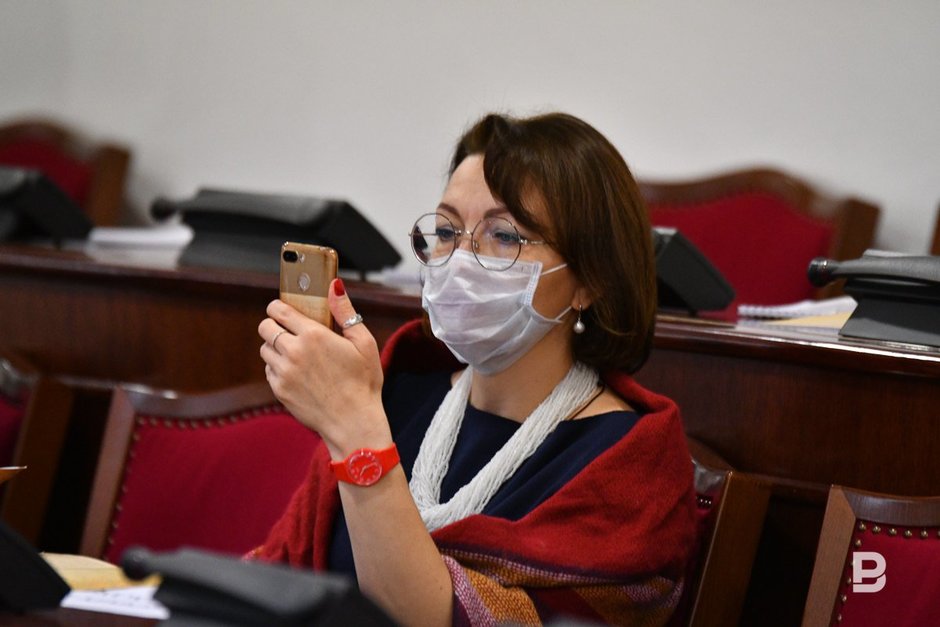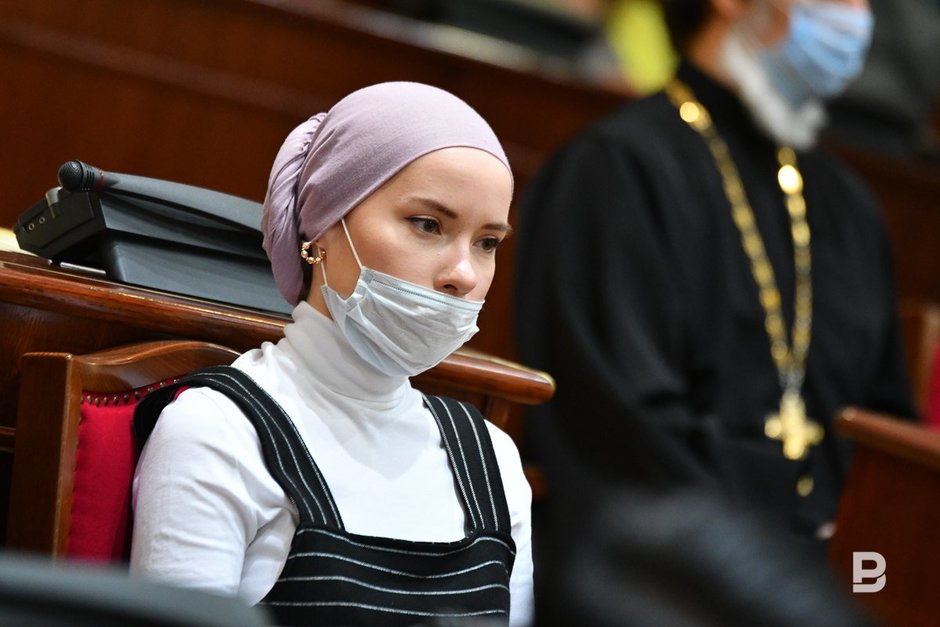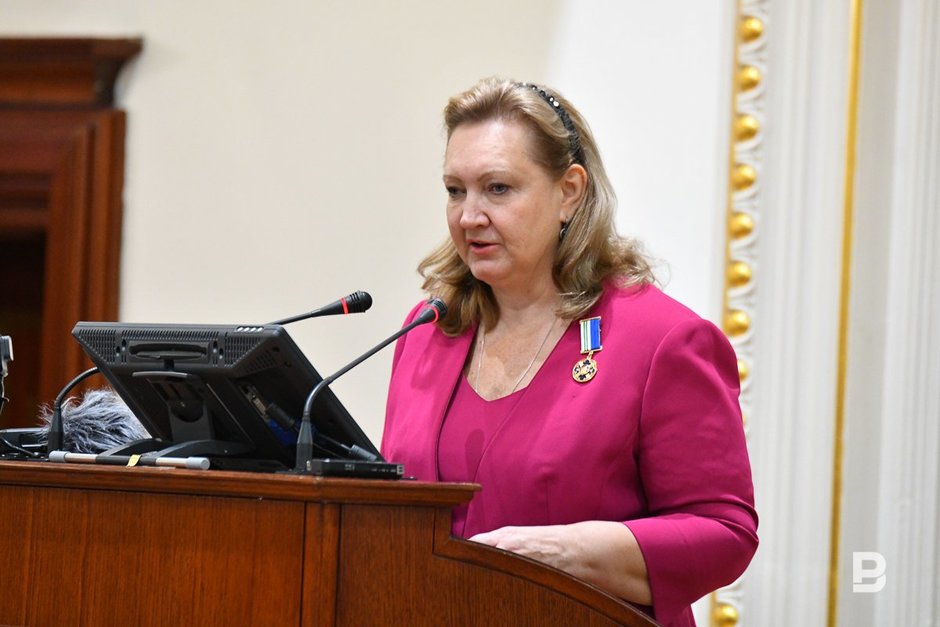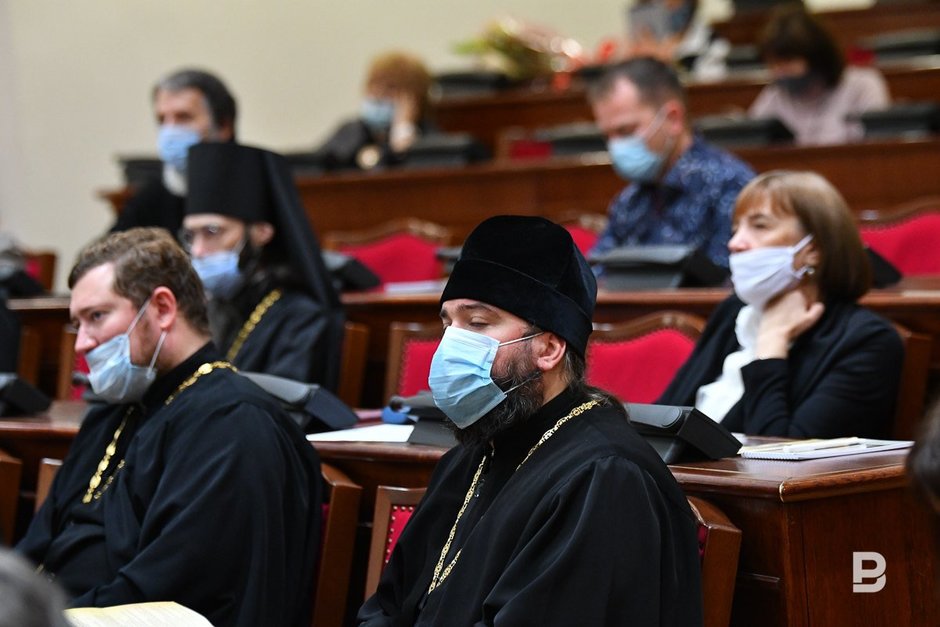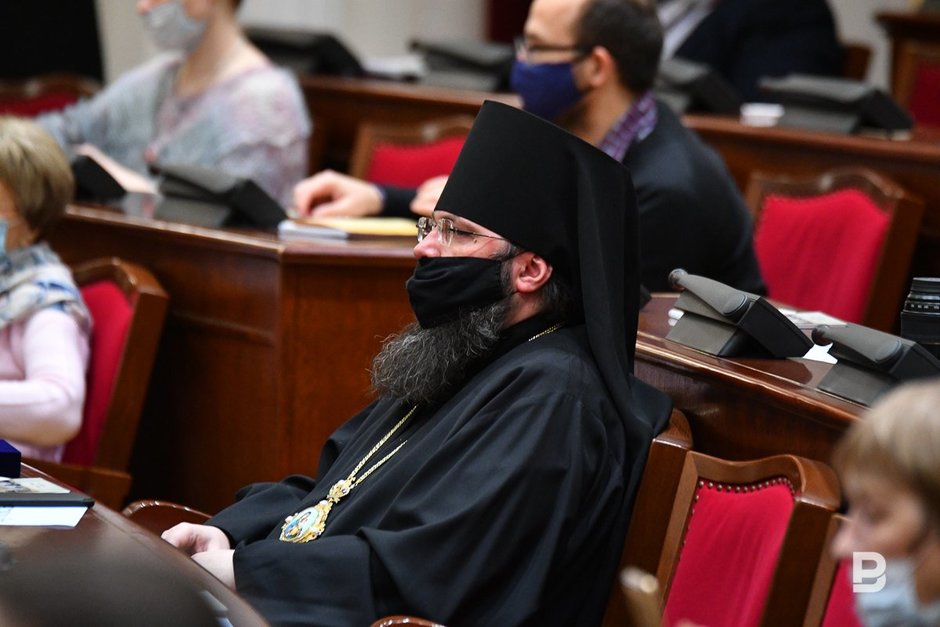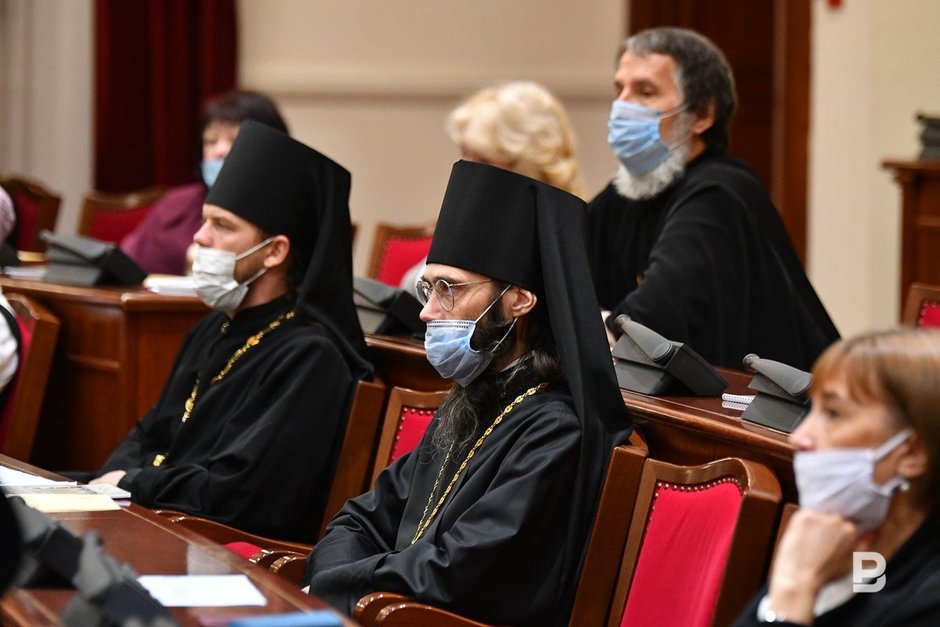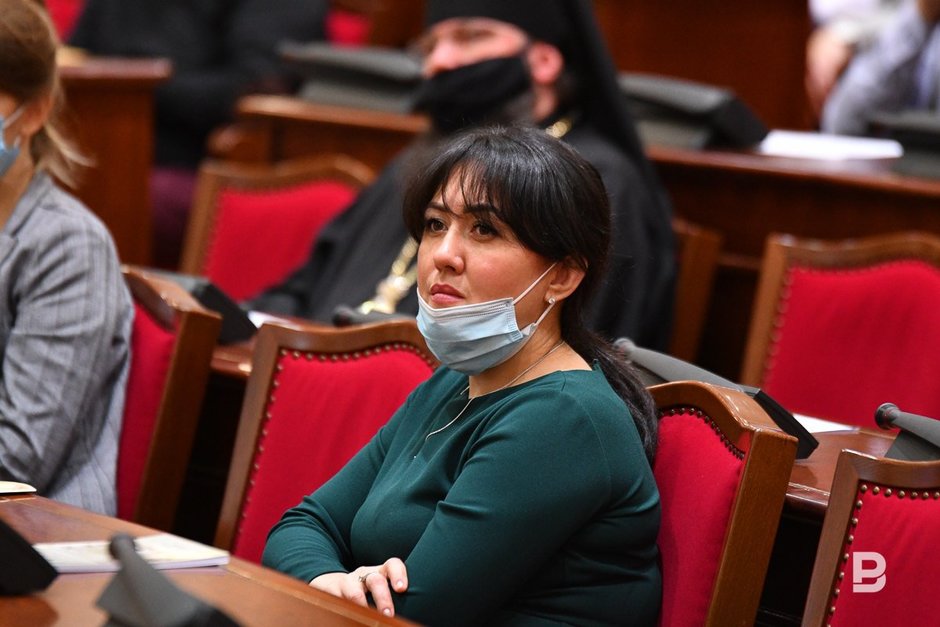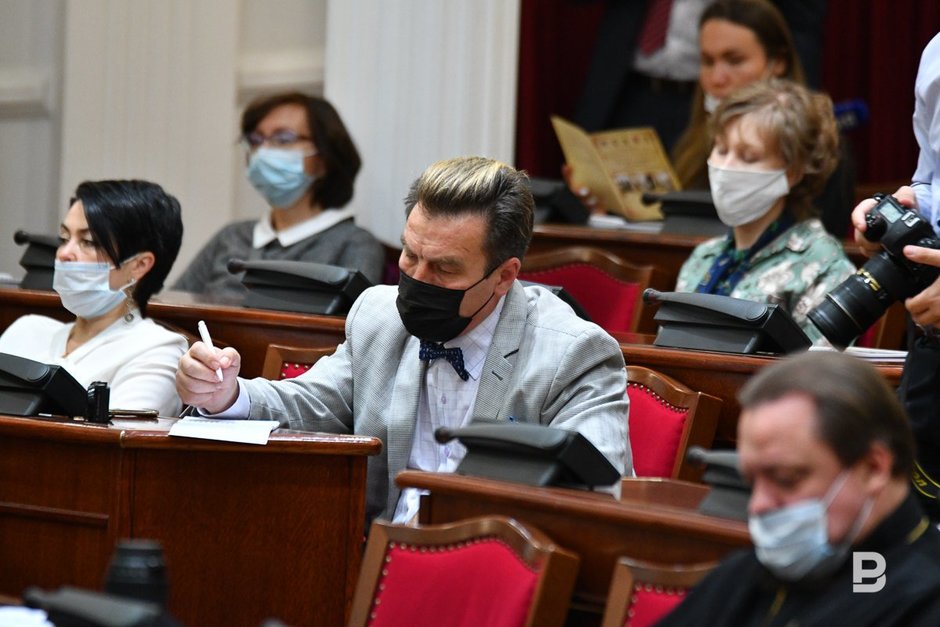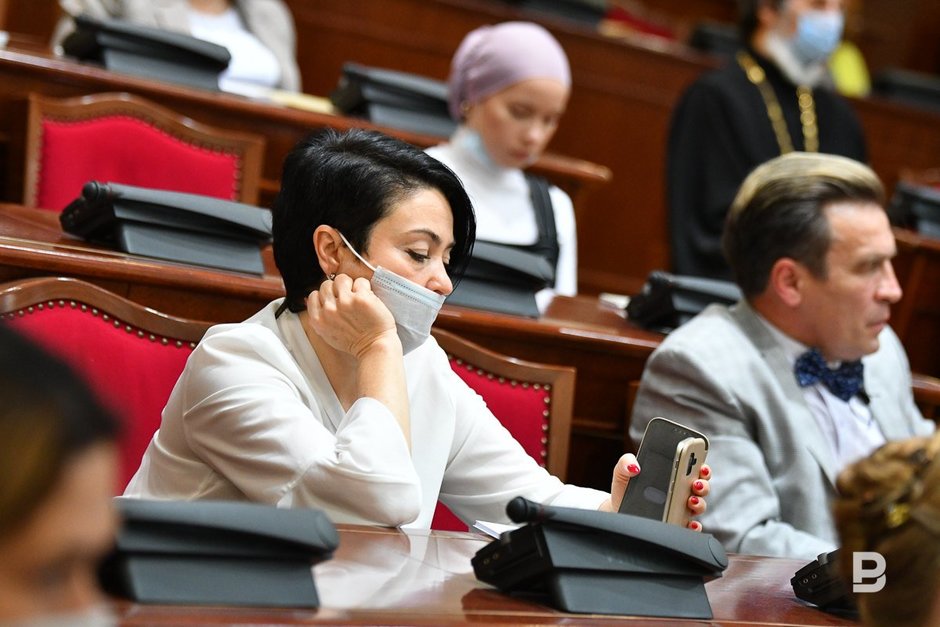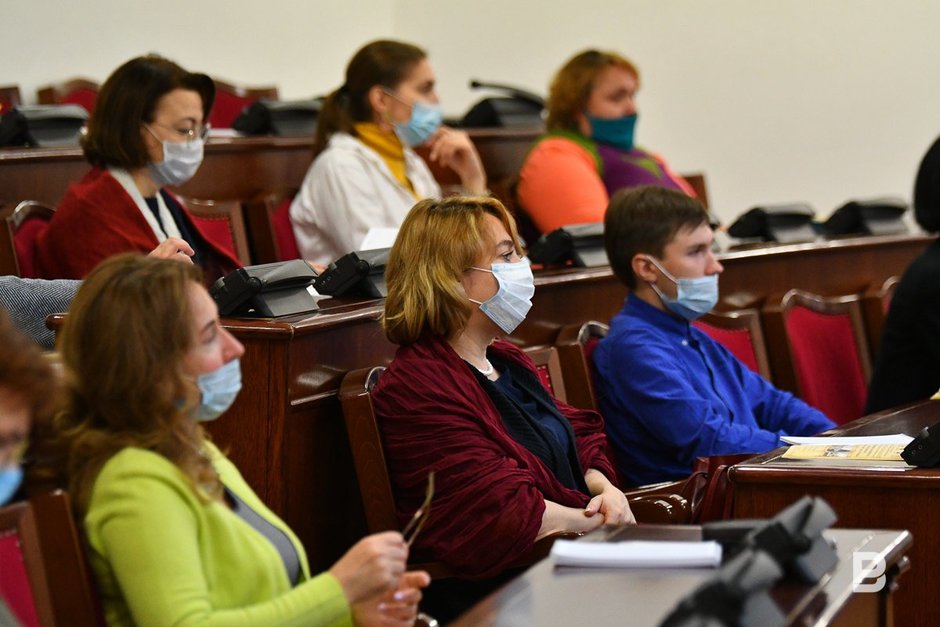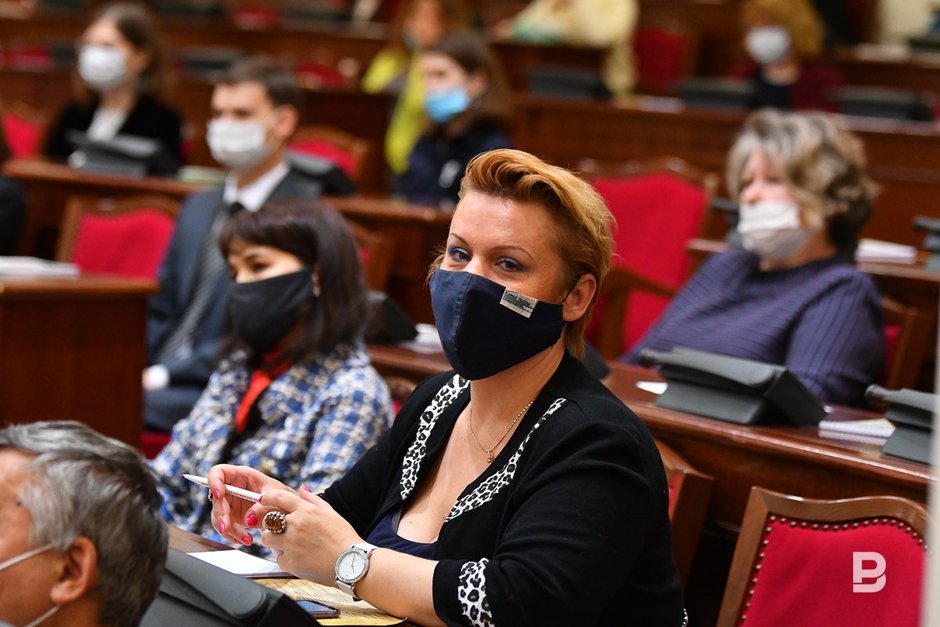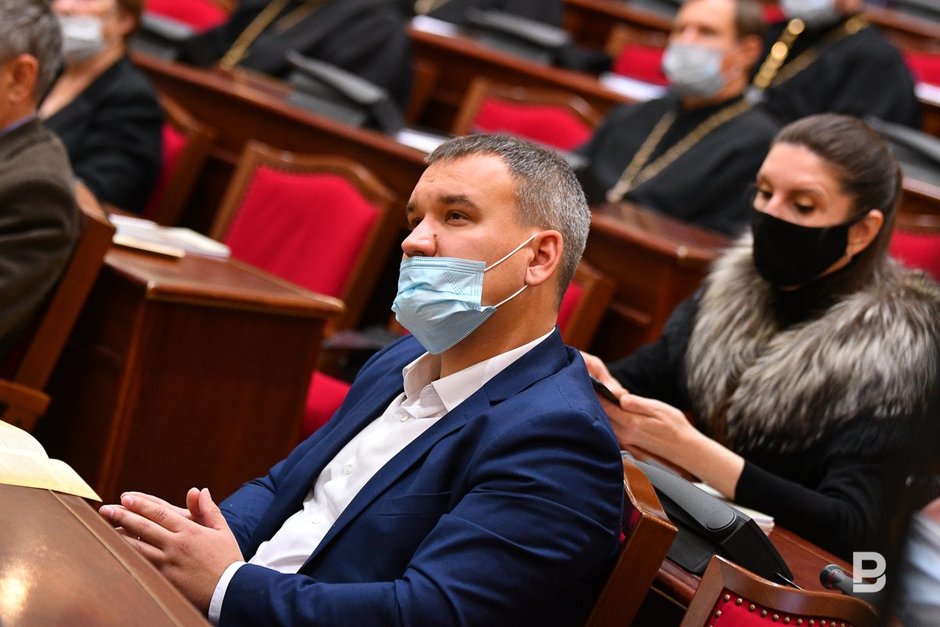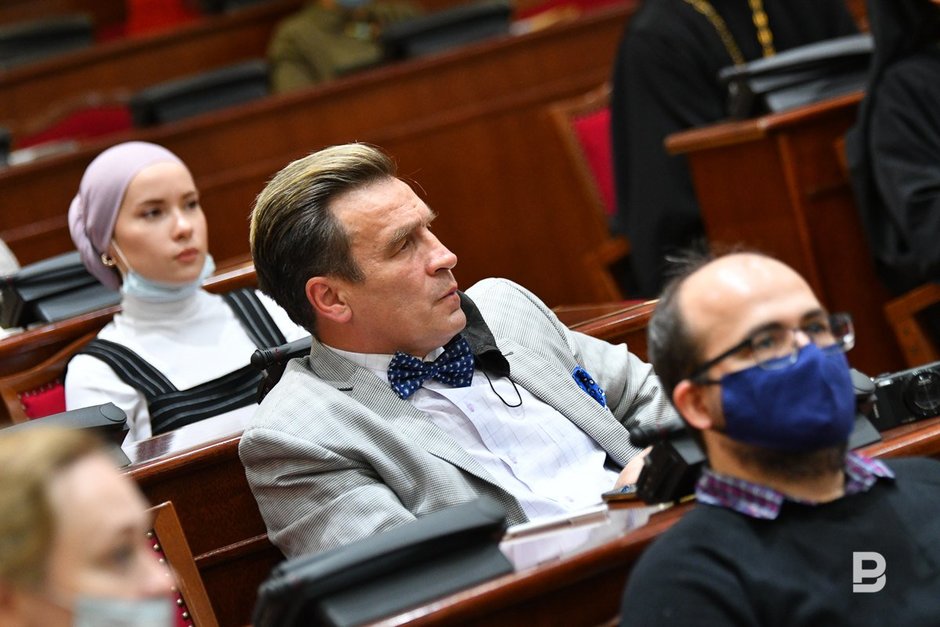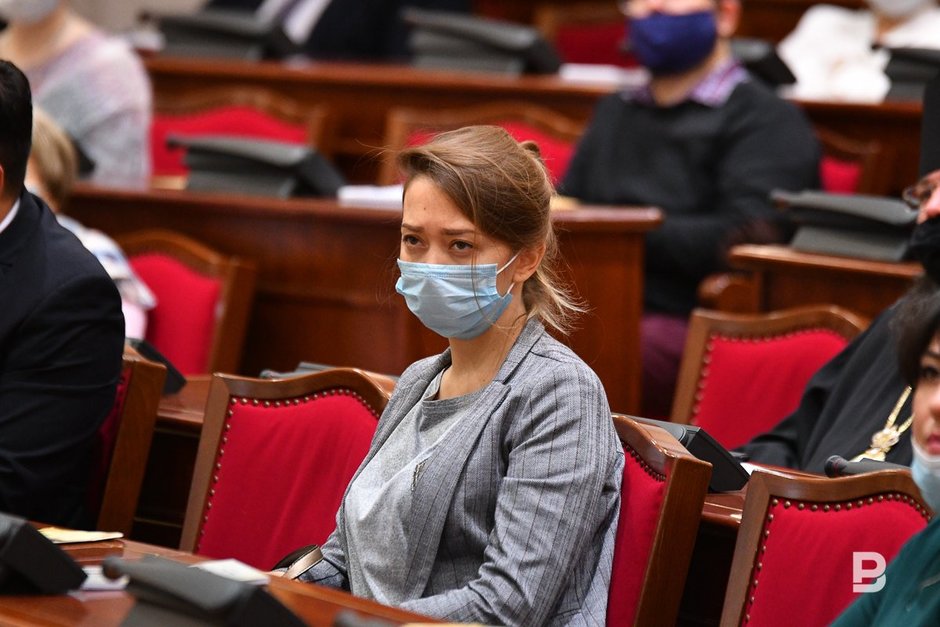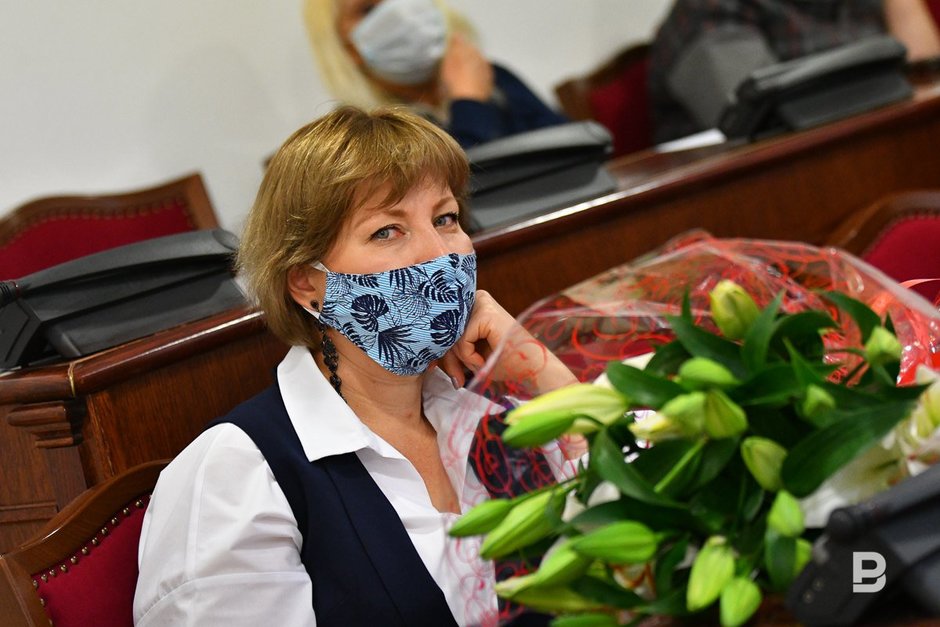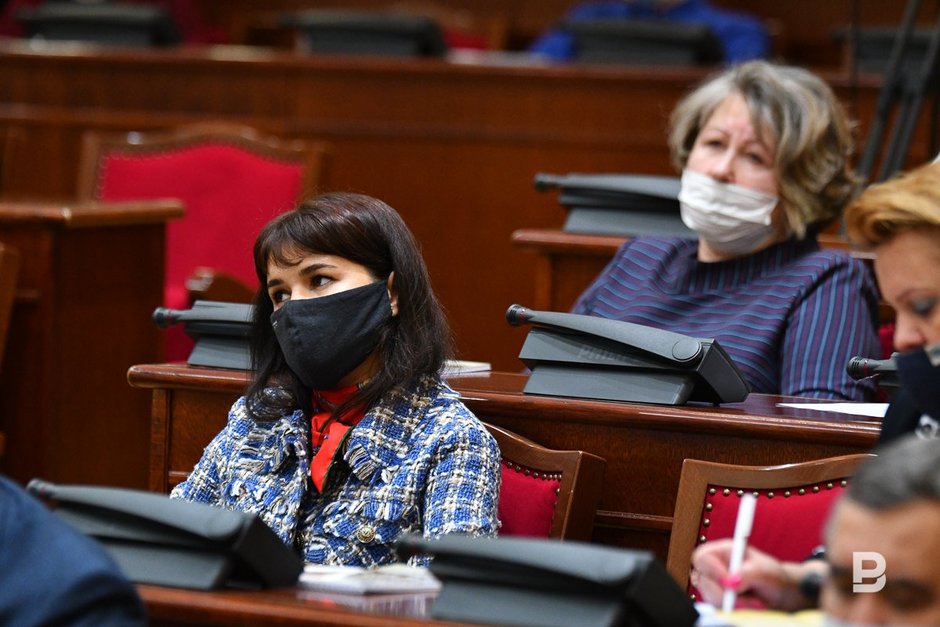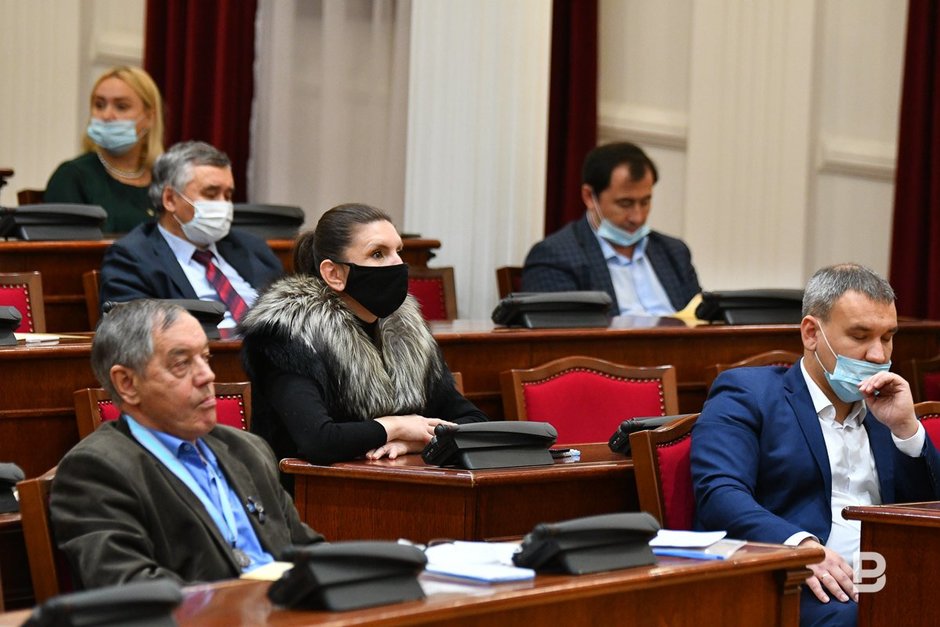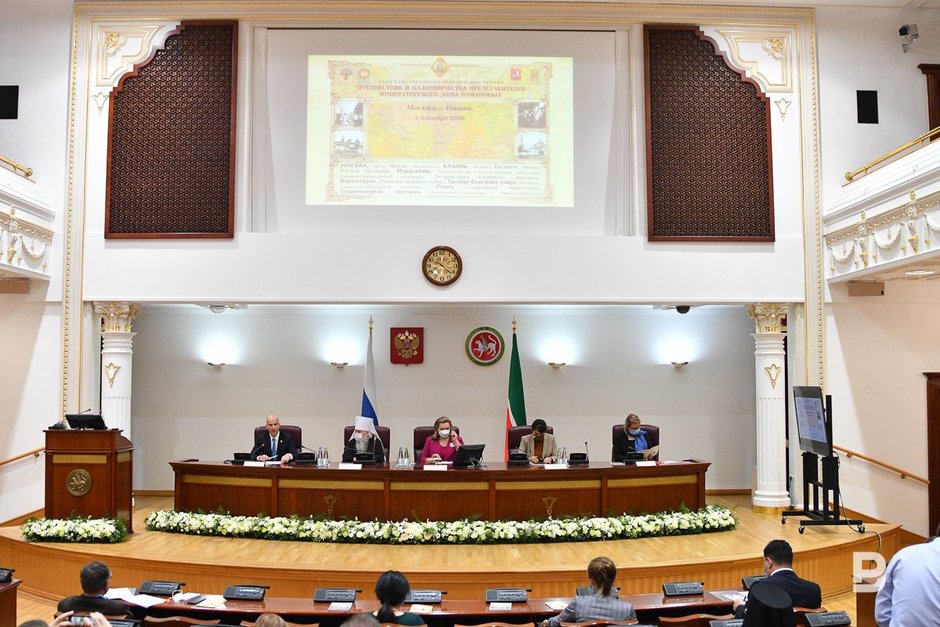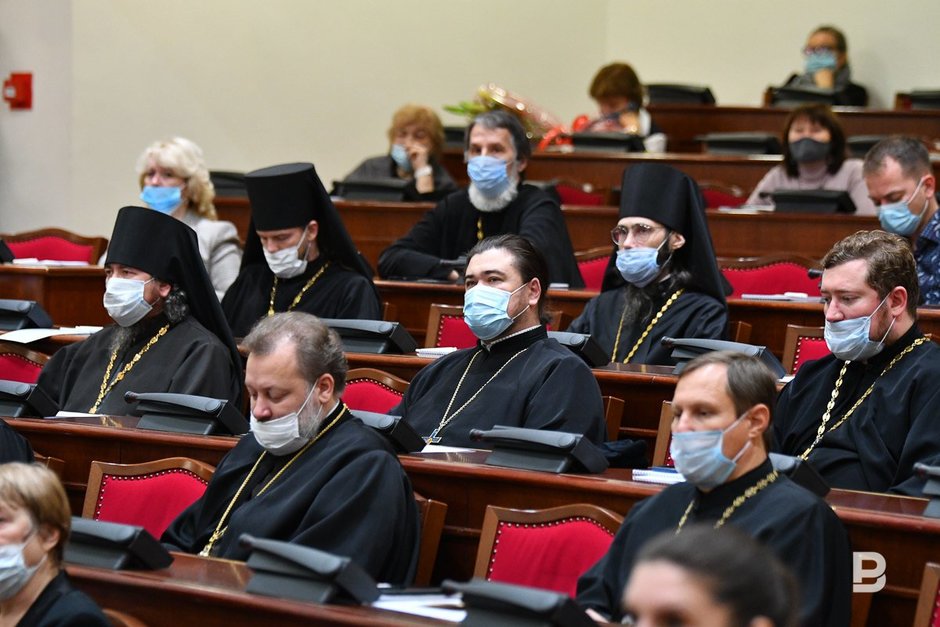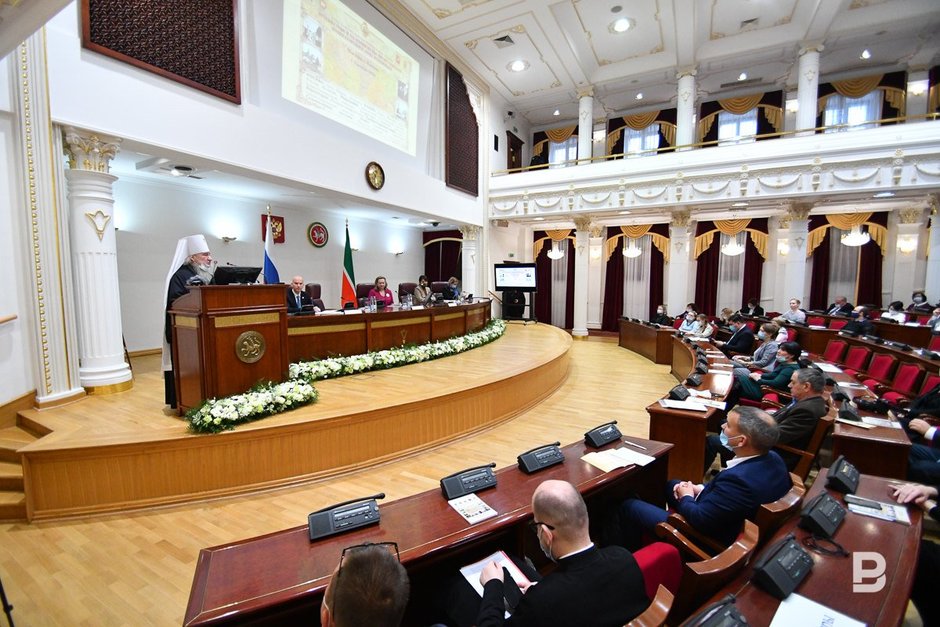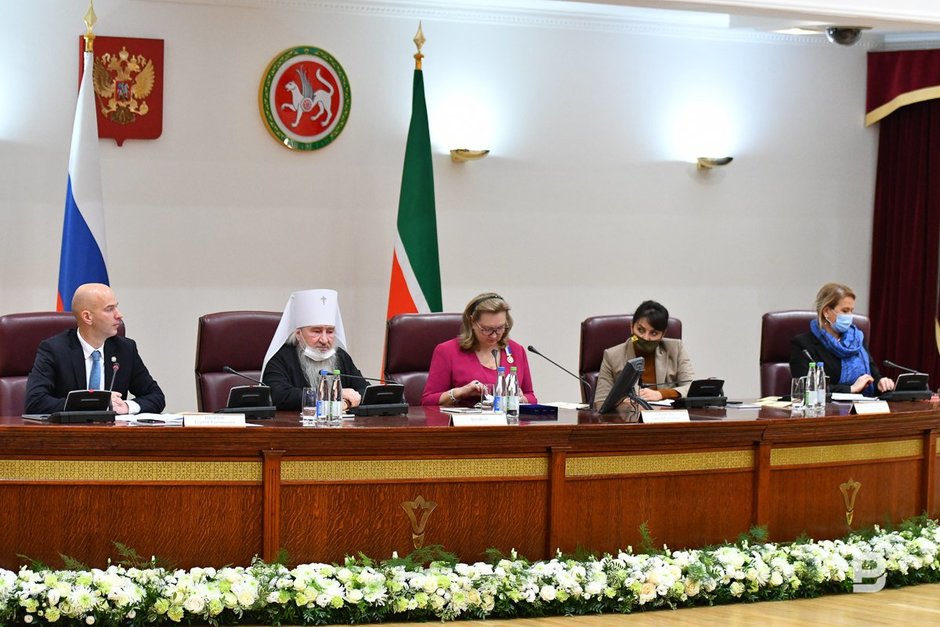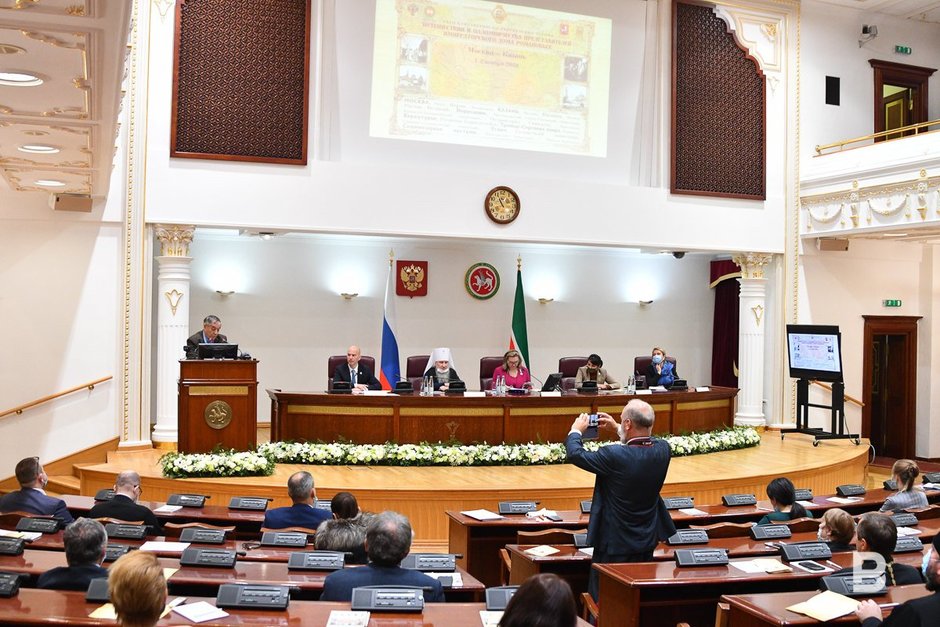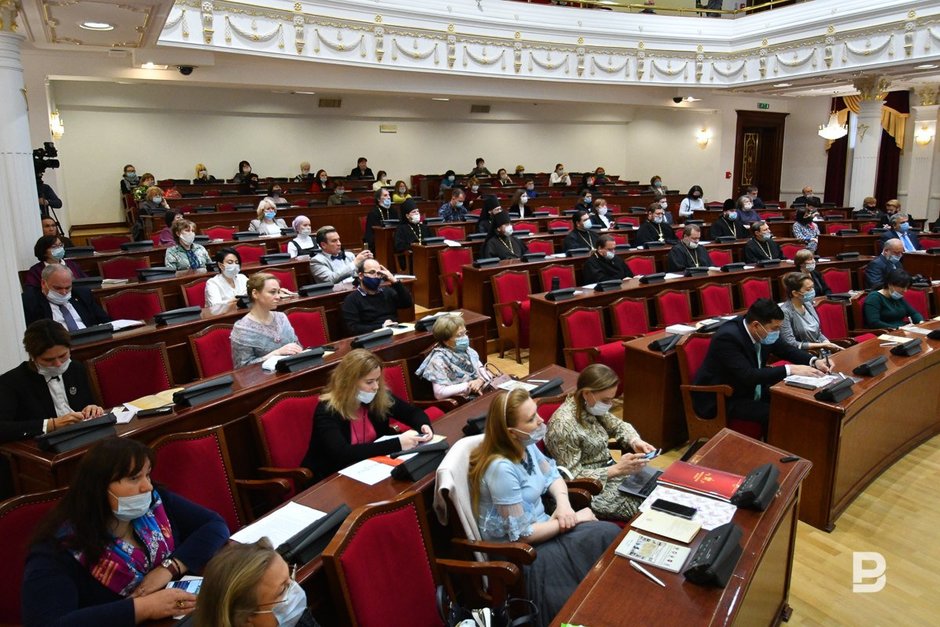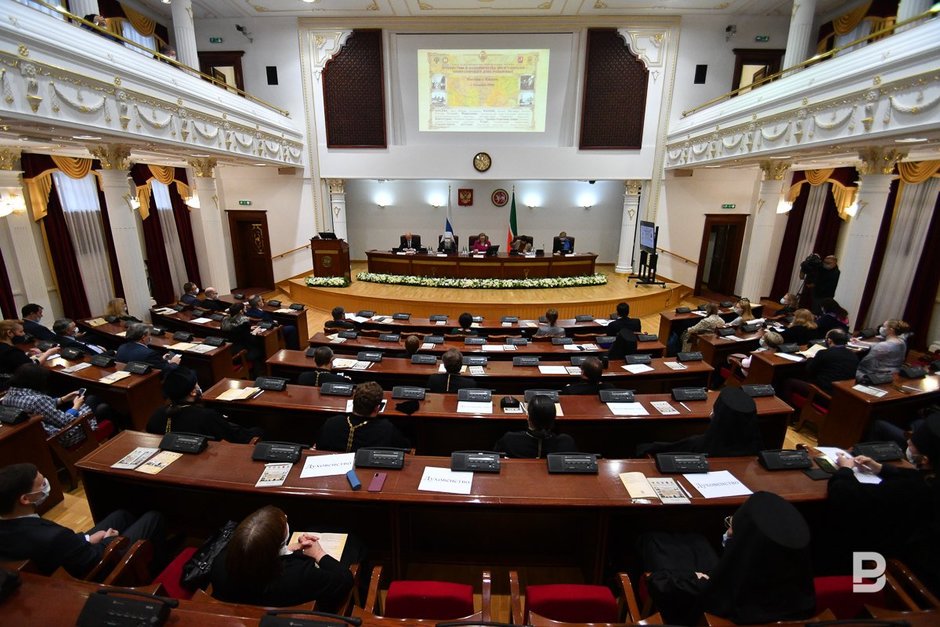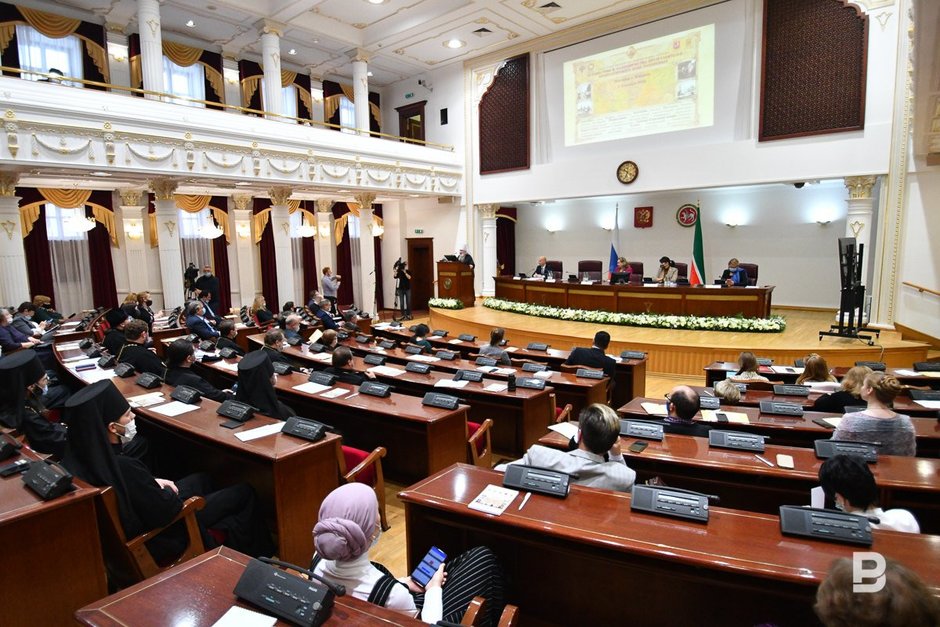Imperial Route created at Elisabeth-Sergei Readings in Tatarstan
A new trademark licence agreement that will boost the region’s tourist attractiveness was signed in Kazan
The Elisabeth-Sergei Readings took place in the Kazan Kremlin. The forum was held in Russia for the 23rd time as a part of Travels and Pilgrimage of the Imperial House of Romanov Interregional Scientific Conference. The readings were traditionally divided into two sessions — one is held in Moscow, the second one is in places linked with Grand Duchess Elisabeth Feodorovna of Russia’s life, activity and pilgrimages. Scientists still debate how many times she was in the Kazan area and Kazan in particular, however, the Tatarstan capital anyway joined Imperial Route national historical and cultural tourism project in 2019. Read in Realnoe Vremya’s report what the participation in the project gives the republic, how the use of a new trademark will influence the tourist attractiveness and what museum can soon appear in the island-town of Svyazhsk.
6,000 charities in the custody
The project Imperial Route is implemented by Elisabeth-Sergei Educational Society Fund in 19 Russian regions, it has been in Tatarstan too for a year. Chairwoman of the Supervisory Board of the fund Anna Gromova noted that the readings had been held in Yekaterinburg and Perm, Alapayevsk and Tyumen, Crimean palaces where the tsar’s family’s friends lived, in Tobolsk. The second part of the readings is connected with the sites of the duchess’s charity activity.
“Elisabeth Feodorovna’s activity was noble and multifaceted. Historians estimate about 36 destinations of her pilgrimages, not to mention some sites she went to repeatedly. She was in charge of almost whole Russia except for Saint Petersburg where Olga Nikolaevna, the elder daughter of Nicholas II and Alexandra Feodorovna, did charity work. Only 14 inspection visits of the duchess are known during the world war, she chaired 85 committees and 6,000 charities each of which needed management, visits and Elisabeth Feodorovna’s help. There is a lot to research, one should be bold enough for this, which I wish to all colleagues,” Anna Gromova welcomed the participants in the conference.
The Moscow guest noted that representatives of the fund arrived in Kazan in 2012, on the eve of the 100th anniversary of worship of Patriarch Hermogenes. Then the state of Our Lady of Kazan Cathedral made historians want to help to revive the landmark. During the session, Patriarch of Kazan and Tatarstan Feofan gave Anna Gromova the highest award of the eparchy — 1st Degree Our Lady of Kazan medal.
“Pilgrimage isn’t a yacht cruise”
Before the beginning of the conference, His Grace Feofan told Realnoe Vremya about the key meaning of the conference for Kazan:
“Today we are talking about the development of pilgrimage and tourism for the Kazan land a lot. As for these readings, they raise the status of Kazan, moreover, by several degrees. The House of Romanov is not only our past but our history. We walk on history pages in historical places of our rulers. And it isn’t the worst tradition when our emperors visited some holy places, including Kazan sites.”
As it was noted at the readings, it is impossible to imagine the education of future Russian autocrats without visiting factories, churches, charities. “The pilgrimages of the tsar’s family aren’t a yacht or liner cruise across Russia. It is an active service to their people. Elisabeth Feodorovna’s life is an example for our time how one should treat charity. It is no secret that a desire to stand out in a crowd, political goals are hidden behind charity gestures. She didn’t pursue personal goals, she already was rich, beautiful, belonged to the upper class. But at the same time, she put the coat of the Sister of Mercy on and went to severely injured people’s wards to cleanse their wounds...” His Grace Feofan noted in his welcome speech.
What will unite the super-territory?
Imperial Route trademark licence agreement was signed between Elisabeth-Sergei Educational Society Fund for Revival of Traditions of Mercy and Charity and the Tatarstan State Committee for Tourism. Head of the committee Sergei Ivanov stressed the joint work of guides and travel agencies will have a lot of new interesting material that will consequently pass to guests.
“Tatarstan joined the project Imperial Route last year. This project contains a lot of historical and spiritual materials, while its implementation will become a good impulse to develop tourism in our republic. Our country is considered as a super-territory, and the common culture, spiritual and historical values are the only thing that can unite us. Such a route will be a good material for both Russian and foreign tourists to understand the depth and power of our people, familiarise with its history and traditions,” Sergey Ivanov is sure.
According to him, the travel spots of the tsar’s family in Tatarstan can be visited in 2021 already.
Knitting frame and wooden bats
Guides were invited to the conference, each of whom prepared a report. Moreover, the reports were not only about the Kazan points in the route of the tsar’s family. Guests from Perm, Saint Petersburg, Moscow shared their experience. Granddaughter of a veteran of the Russo-Japanese War Mikhail Volkov Valentina Kremenskaya delivered an interesting speech. The Great Duchess personally presented her grandfather a knitting frame after he was discharged from hospital. A representative of the Imperial Palestinian Orthodox Society Anatoly Yeldashev talked about Elisabeth Feodorovna’s incredible courage.
According to his research, the duchess came to Kazan last time in September 1915 to her spiritual mentor Father Gavriil’s funeral. She went on the trip despite numerous warnings and evidence of that the situation in the country was tense, like before a revolution.
“She repeatedly came to Kazan, stayed in many places, visited different houses and establishments. However, it is known for certain that she stayed overnight in the city only once — in female Virgin Monastery, which now revives as male. I am urging the audience to place memorable signs, plaques on houses she was in in the city. I offer guides to turn to me, I will be pleased to share a lot of information,” he noted.
The scientist talked about the latest research on the death of the Great Duchess, nun Varvara and people who were close to them. He said that some information suggested that Chekists didn’t throw the martyrs to the Alapayev Mine alive: “The Chekists had special wooden bats to hit heads...”
If charity museum will appear
After the signing of the agreement, the fund expressed its desire to open a museum in the memory of Elisabeth Feodorovna in the island town of Sviyazhsk. “We’ve seen you have a civil war museum showing Leo Trotsky’s activity more. Why not look at these years from another angle?” the Moscow guests noted.
On 3 November, the participants in the conference were going on an excursion covering the route of the tsar’s family. They planned to go to the island town of Sviyazhsk, Semiozyorka Virgin Monastery. In Kazan, they are going to visit male Kizichesky Vvedensky Monastery, the former Shamov Hospital, the Church of Yaroslavl Miracle-Workers, the spiritual academy of the Kazan City Administration and other landmarks that will be added to the new tourist route later.

